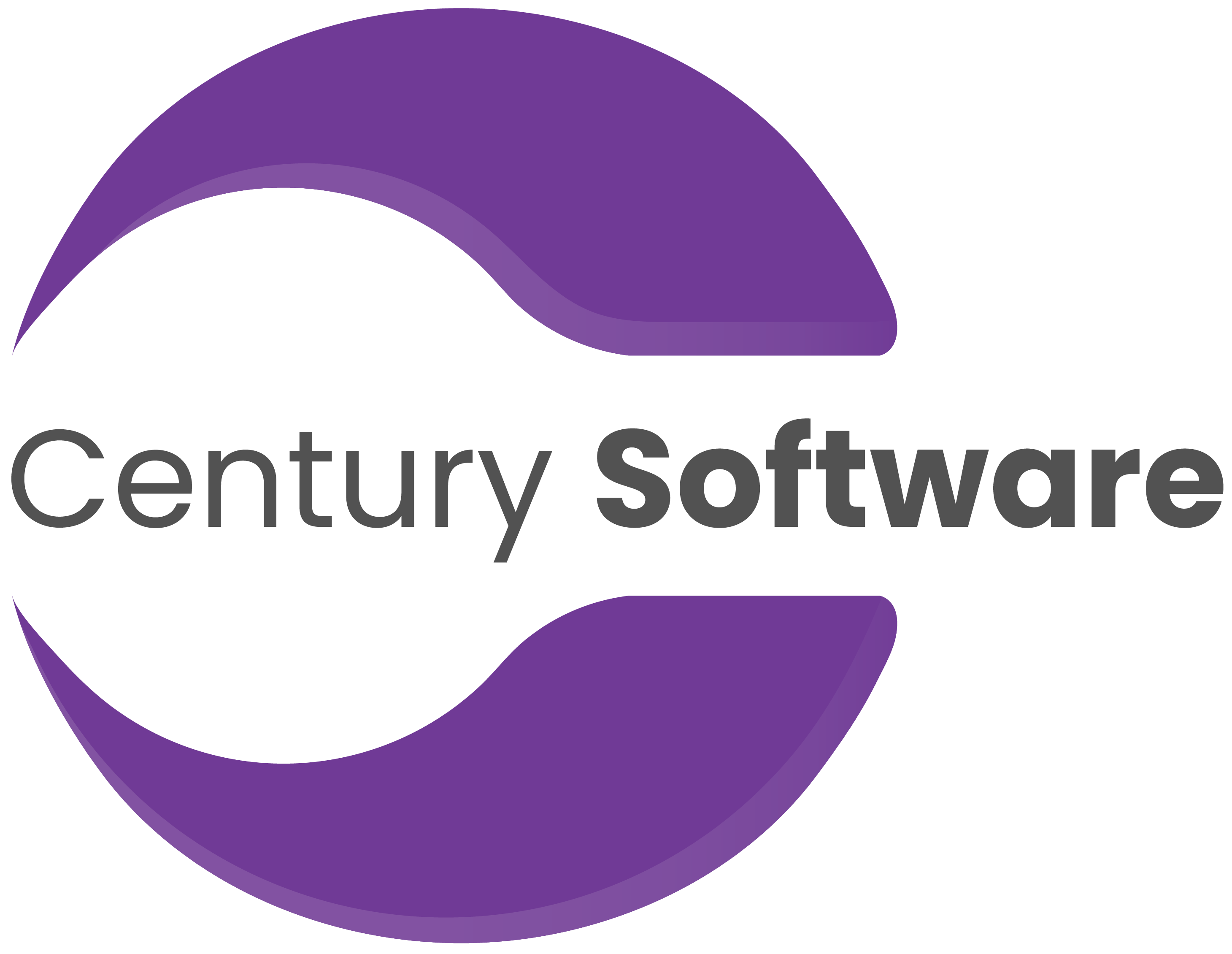The Role of RPA Tools in Reducing Operational Costs and Human Error
In today’s fast-paced digital economy, efficiency and accuracy are key to business success. Yet, many organizations still rely on repetitive, manual processes that consume valuable time and resources — and are prone to human error. This is where robotic process automation tools come into play. These intelligent solutions are transforming the way companies operate by automating routine tasks, reducing operational costs, and improving overall accuracy.
Let’s explore how robotic process automation (RPA) is reshaping modern businesses, cutting costs, and enhancing productivity.

Understanding Robotic Process Automation (RPA)
Robotic process automation (RPA) refers to the use of software robots, or “bots,” to automate repetitive, rule-based tasks that were previously performed by humans. These bots mimic human actions such as entering data, processing transactions, extracting information, and communicating with other digital systems — but they do so faster, more accurately, and without fatigue.
Unlike traditional automation that often requires complex coding, modern RPA tools are designed to be user-friendly and can integrate seamlessly with existing business systems. This makes them accessible to a wide range of industries — from healthcare and finance to logistics, retail, and manufacturing.
How Robotic Process Automation Tools Reduce Operational Costs
Operational costs are one of the most significant challenges businesses face. The implementation of robotic process automation tools helps organizations minimize these expenses through several key mechanisms:
1. Streamlining Repetitive Processes
Manual data entry, invoice processing, payroll updates, and report generation are common examples of repetitive administrative tasks that consume valuable staff time. RPA bots can perform these tasks around the clock without interruptions, reducing the need for additional manpower and lowering labor costs.
For example, in a finance department, bots can automatically process hundreds of invoices daily — verifying details, updating ledgers, and sending confirmations. This eliminates bottlenecks, shortens processing cycles, and frees up human employees to focus on higher-value work.
2. Reducing Dependency on Outsourcing
Traditionally, many companies outsource repetitive back-office tasks to reduce costs. However, outsourcing comes with its own expenses, including vendor contracts, quality control, and communication overheads. By using RPA tools, businesses can bring these processes back in-house at a fraction of the cost, maintaining control while saving money.
3. Improving Process Efficiency and Speed
RPA bots work 24/7 and perform tasks much faster than humans. Processes that once took hours can be completed in minutes. The increased speed not only boosts productivity but also reduces turnaround times, enabling businesses to serve customers faster and more effectively.
4. Minimizing Rework and Wastage
Every error in manual work leads to costly rework — whether it’s correcting an invoice, fixing a data entry issue, or reprocessing a transaction. Robotic Process Automation tools execute tasks with near-perfect accuracy, significantly cutting down on mistakes and the time required to fix them. Fewer errors mean less wasted effort and smoother operations across departments.
5. Enhancing Resource Utilization
When mundane tasks are automated, employees can shift their attention to strategic, creative, and customer-facing activities. This leads to improved employee satisfaction, better performance, and greater innovation — all while maintaining or even reducing overall staffing costs.
Minimizing Human Error Through RPA
Human errors are an inevitable part of manual operations. Fatigue, distraction, or lack of concentration can lead to costly mistakes — especially in data-heavy environments like finance, healthcare, and logistics. Robotic process automation tools offer a reliable solution to minimize these errors.
1. Consistency and Accuracy
RPA bots perform tasks with a high level of consistency. They follow pre-defined rules and workflows without deviation, ensuring that every action is executed exactly as intended. Whether it’s updating patient records, validating insurance claims, or generating compliance reports, bots deliver consistent, error-free results.
2. Compliance and Audit Readiness
Compliance is a major concern for industries governed by strict regulations. Errors in documentation or missed deadlines can result in penalties or legal consequences. RPA tools ensure that all tasks are completed according to regulatory requirements and maintain detailed logs of every action. This audit trail provides transparency and makes compliance reporting much simpler.
3. Data Accuracy in Complex Systems
Modern enterprises rely on multiple interconnected systems — ERP, CRM, HRMS, and more. Manual data transfers between these systems are highly error-prone. RPA bots can automate these integrations flawlessly, ensuring accurate data synchronization across platforms. This not only prevents data discrepancies but also enhances decision-making with reliable information.
4. Reduced Downtime from Human Absence
Unlike human employees, bots don’t require breaks, vacations, or sick leaves. This ensures that critical processes keep running smoothly even during holidays or unexpected staff absences. As a result, businesses experience fewer disruptions and maintain consistent output levels.
Real-World Applications of RPA in Cost and Error Reduction
The impact of robotic process automation tools extends across industries:
- Healthcare: Automating patient data management, insurance verification, and claims processing reduces administrative costs while improving accuracy in billing and documentation.
- Finance and Accounting: RPA simplifies processes like invoice validation, account reconciliation, and financial reporting, cutting down both processing time and manual entry errors.
- Retail and E-commerce: Inventory updates, order processing, and refund management can be automated to enhance operational speed and minimize manual oversight.
- Manufacturing: Automating procurement, quality checks, and logistics coordination improves supply chain efficiency and minimizes production downtime.
- Human Resources: RPA can manage onboarding, payroll, and compliance reporting with accuracy and speed, reducing administrative burdens.
Each of these use cases illustrates how automation not only saves money but also enhances reliability and scalability.
The Future of Robotic Process Automation
The next generation of robotic process automation tools is evolving rapidly with artificial intelligence (AI) and machine learning (ML). These intelligent bots can analyze data, learn from patterns, and make decisions based on context — further enhancing accuracy and reducing manual intervention.
The integration of AI-driven RPA will allow companies to automate even more complex processes such as predictive analytics, customer behavior forecasting, and dynamic decision-making. This convergence of AI and RPA is paving the way for a truly intelligent digital workforce.
Key Takeaways
- RPA tools deliver measurable cost savings by automating repetitive, rule-based tasks.
- Automation significantly reduces human error, enhancing accuracy, compliance, and reliability.
- Businesses benefit from increased efficiency, faster turnaround times, and improved resource allocation.
- The future of automation lies in combining robotic process automation with AI for smarter, self-learning bots.
Final Thoughts
In an era where businesses are under constant pressure to do more with less, robotic process automation tools offer a powerful solution. By reducing operational costs, minimizing errors, and enhancing productivity, RPA empowers organizations to focus on innovation and growth. Companies that embrace automation today will be better positioned to lead tomorrow’s digital economy.
Ready to Automate Your Business Processes?
If your organization is ready to enhance efficiency and cut operational costs with cutting-edge robotic process automation tools, Century Software can help.
Our expert team designs customized automation solutions tailored to your unique workflows — helping you achieve higher accuracy, lower costs, and greater business agility.
Contact Century Software for Inquiries on Business Solutions — where innovation meets efficiency.
Frequently Asked Questions
Q1: What is Robotic Process Automation (RPA) and how does it work
RPA uses software bots to automate repetitive, rule-based tasks such as data entry, report generation, and invoice processing. These bots mimic human actions across digital systems, boosting efficiency, reducing errors, and freeing employees for higher-value work.
Q2: How does RPA help reduce operational costs?
By automating time-consuming manual processes, RPA reduces labor expenses, minimizes errors that lead to rework, and accelerates task completion. This allows businesses to handle more work with fewer resources, significantly improving cost efficiency and ROI.
Q3: Can RPA eliminate human error in business operations?
While no system is perfect, RPA greatly reduces the risk of human error by executing tasks with precision and consistency. Automated workflows ensure data accuracy and compliance, which enhances reliability in areas like billing, reporting, and data management.
Q4: What industries benefit most from using RPA tools?
Industries such as healthcare, finance, insurance, manufacturing, and retail gain major advantages from RPA. These sectors handle large volumes of repetitive tasks where automation streamlines operations, ensures accuracy, and boosts overall productivity.
Q5: How can businesses ensure secure RPA implementation?
Modern RPA platforms follow strict security standards, including encryption, access controls, and audit logs. Partnering with trusted RPA providers ensures that automation aligns with compliance requirements and protects sensitive business data.

